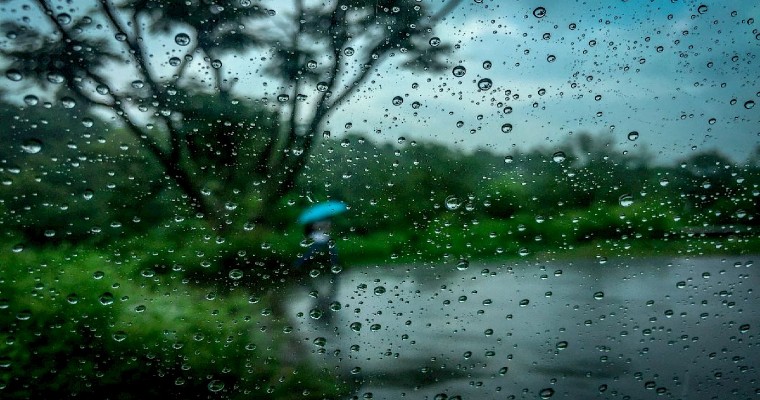
Unless things drastically change, India is on track to have a normal monsoon, which will just enough recharge the country’s main water reservoirs and ensure that the most important crops for the kharif season are sown normally. This is good news for food prices and agricultural production. However, there are two major areas of concern this monsoon season: intermittent dry patches that could harm crop yields, and regions that continue to experience insufficient rains or floods despite the national average rainfall being in the normal range.
Cumulative rainfall continues to be in normal range
In India, the monsoon season runs from June to September. According to the India Meteorological Department’s gridded rainfall dataset, cumulative monsoon rainfall as of 8:30 a.m. on August 21 was 5.07 percent less than the Long Period Average or LPA (IMD). A 5% LPA deficit is considered to be within the normal range. The LPA for that time period is defined by IMD as the average rainfall from 1961 to 2010. It considers a deviation of less than 20% on either side of the LPA to be normal, a surplus of 20% or more to be excess, and a deficit of 20% or more to be deficient.
Although total rainfall has remained within normal ranges, there have been periods of prolonged dryness. There was a 47 percent surplus in cumulative rainfall before a dry spell from June 21 to July 11 — when daily rainfall was less than the LPA on all days — resulted in a 3% deficit. Following a period of recovery that resulted in a 2% surplus on August 1, a 16-day dry spell from August 2 to August 17 resulted in the current 5% deficit.
Past week’s recovery limited to few areas.
A “break phase” of monsoon caused both the June-July dry spell and the current dry spell. This is a monsoon feature that causes heavy rains along the Himalayan foothills while leaving a large portion of the country dry. There has been some improvement since last week’s phase. From August 18 to August 20, the LPA was exceeded on a daily basis. This recovery was limited to Delhi, Western Maharashtra districts, Chhattisgarh, Andhra Pradesh, West Bengal, and the north-east. Last week, most of northwestern India was dry.
Almost one-third of India’s districts are still rainfall deficient this year
According to a district-by-district analysis, last week’s rainfall recovery did little to address deficient rainfall in about a third of India’s districts. In the 614 Census (2011) districts for which this analysis is possible (with Delhi’s districts merged into one), 332 received insufficient rainfall last week (August 16-21), 139 received normal rainfall, and only 143 received excess rainfall. As a result, on August 21, the number of districts with insufficient cumulative rainfall was the same as on August 15: 194. The number of districts with normal rainfall rose from 269 to 278 while the number of districts with excess rainfall fell from 151 to 142.





